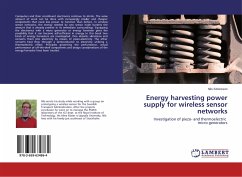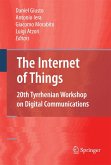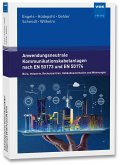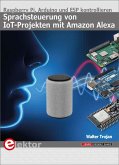Computers and their constituent electronics continue to shrink. The same amount of work can be done with increasingly smaller and cheaper components that need less power to function than before. In wireless sensor networks, the energy needed by one sensor node borders the amount that is already present in its immediate surroundings. Equipping the electronics with a micro generator or energy harvester gives the possibility that it can become self-sufficient in energy. In this book two kinds of energy harvesters are investigated. One absorbs vibrations and converts them into electricity by means of piezo-electricity. The other converts heat flow through a semiconductor to electricity, utilizing a thermoelectric effect. Principles governing the performance, actual performance of off-the-shelf components and design considerations of the energy harvester have been treated.







